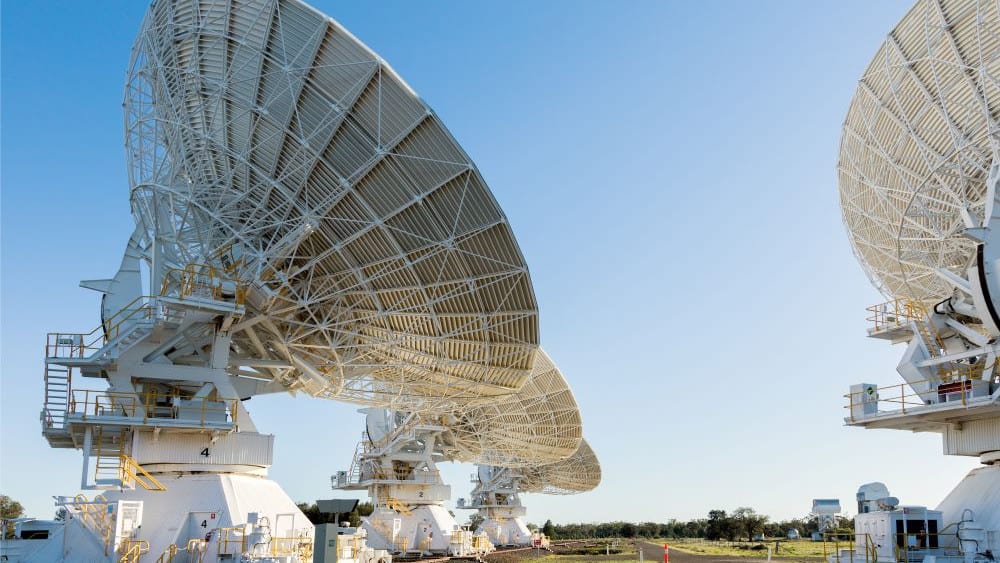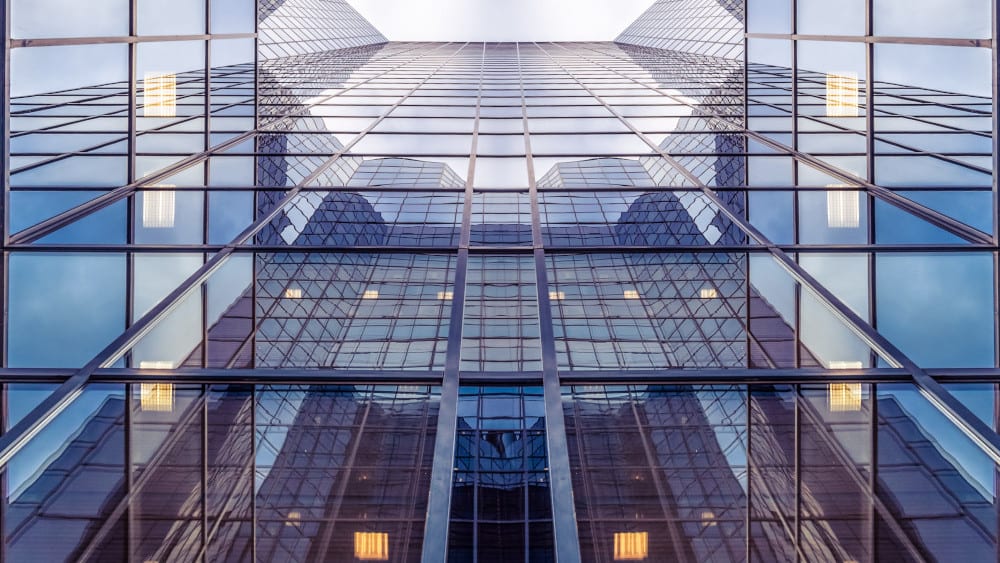
An effort by the Japanese government to enlist private sector concessionaires to develop and operate arenas, stadiums and other sports-related assets may unlock a bevy of new investment opportunities — if the government can convince private players that the concessions will make money.
Despite a full-court public relations press complete with an example of a successful project, only a handful of private companies have joined the game to date.
“We are seeing only a limited number of investors,” as stadiums and arenas are a new field, said a senior official at a Japanese infrastructure investor.
Sports concessions are high-profile investments that attract a lot of attention. But attention doesn’t necessarily translate into profits.
“Even if a local public authority successfully brings in a professional basketball club, there is no magic wand to wave to [ensure a] profit,” for an arena project, said Takanori Fukushima, the general manager of the PPP & Infrastructure Investment Research Department of the Sumitomo Mitsui Trust Research Institute.
Government game plan
Still, the idea of tapping the private sector to fund sports facilities isn’t new. There are nine projects in the pipeline in Japan with ‘sports’ in their title, according to Infralogic data. Two such projects have reached financial close over the past three years (a third involved a sports complex parking facility).
What is new is the government’s interest in boosting the sports infra sector.
In June 2022, Prime Minister Fumio Kishida said the government will include concessions for assets such as stadiums, arenas, cultural facilities and parks in its revised action plan to promote PPP/PFI projects, targeting JPY 7trn (USD 52bn) worth of concessions through March 2032. The government is aiming to add 10 new stadium and arena projects to its pipeline by March 2027.
Government ministries have enlisted Koji Murofushi, an Olympic medalist in the men’s hammer throw and head of the Japan Sports Agency, to sell the idea. Since last year, Murofushi has been delivering a sales pitch espousing the virtues of using a PPP/PFI model including concessions on trips to the central Japanese cities of Shizuoka and Toyohashi, as well as northern Japan’s Akita prefecture.
“We will work closely with local governments and the private sector to develop stadiums and arenas that can become a key part of regional revitalization,” said Murofushi in his new year message last month.
Revamping the lineup
Amid the twin pressures of an increasingly greying population and aging infrastructure, Japan is keen to promote infrastructure concessions. Japan is also feeling an urgent need to push ahead with regional revitalization as it is faced with an underpopulation crisis in some areas.
One strategy is to expand the use of sports facilities. A slew of municipal stadium and arena facilities across the country have largely been monofunctional: used only for sporting events.
In a drastic shift, the government is considering rebuilding and making some of those sports facilities multifunctional, partly by using them to anchor complexes that include shopping and other commercial facilities, but also by having them host music concerts and other large entertainment events.
"We think it is possible to achieve the goal of creating money-making sports facilities through the use of the private sector’s originality and ingenuity,“ said a government source.
“What does seem sure is that [a] policy tailwind is blowing,” said Fukushima.
League promotion
Plans by professional sports clubs such as basketball and soccer teams are considered a boon to the government’s strategy. For instance, Japan’s professional basketball league, known as B.League, is implementing new revenue and crowd size standards as part of a transition to the New B.League in 2026.
To qualify for the new league, each club will have to generate annual revenues of at least JPY 1.2bn and an average number of 4,000 spectators per match. Each club will have to operate an arena with at least 5,000 seats and VIP rooms.
While such plans will boost demand for sports infrastructure, they don’t answer questions about facility utilization during the off-season or when teams are on the road. Key to any concessionaires’ success will be whether they’re able to find partners strong in promoting sports and other entertainment events.
“There are few case studies we can take a look [at], but on the flip side of the coin, I think it would be interesting to team up with partners with a lot of experience,” said the senior official at the Japanese infrastructure investor. The private sector has the clout to come up with more competitive sports and entertainment facilities than the public sector, the official said.
Top of the playbook
The government cites a JPY 40bn arena project in central Japan’s Aichi prefecture as a model in its recently published guideline for stadium and arena concessions. In February 2021, Aichi prefecture selected a consortium led by contractor Maeda to redevelop the 58,400-sqm New Aichi Prefectural Gymnasium with 15,000 seats in Nagoya city.
The new gymnasium will replace an existing facility built in 1964, and is slated to become home to the Nagoya Diamond Dolphins professional basketball team.
The winning consortium includes a unit of US sports and entertainment events promotor Anschutz Entertainment Group. The project will take the form of a build-transfer private finance initiative to design and build the facility, followed by a contract to run it under a concession arrangement.
Of the total JPY 40bn cost to engineer and build the new arena, the winner’s group offered to shoulder about JPY 20bn (tax inclusive) in exchange for the right to operate the 30-year concession. That will help scale down the prefecture’s financial burden to roughly JPY 20bn.
Such an arrangement makes the investment attractive for private investors. Even if a project isn’t profitable on a stand-alone basis, if it obtains public sector financial support, “I think the business risk is not so huge[, and] that makes it easier for investors to park their money,“ said Fukushima.
The financial bullpen
In addition to the concessionaires, institutional investors indirectly helped finance the New Aichi deal. In September, two dozen institutional investors including Dai-Ichi Life Insurance and Mitsui Sumitomo Insurance bought JPY 13bn in five-year green bonds issued in part to finance the project.
Infrastructure funds are also eyeing projects. A consortium led by Japanese railway operator Tokyu in November won a competitive bid for a JPY 57.7bn project to redevelop and run sports and leisure facilities such as an athletics stadium and a separate sports arena inside the 43.5-ha Todoroki Ryokuchi Park in Kawasaki city near Tokyo.
Consortium members include Global Infrastructure Management, which last year launched two infrastructure funds targeting PPP and renewables projects in Japan.
“It is true that we have invested in (the project as an equity investor),” said an official at GIM who declined to comment further.
Green bonds and infrastructure funds are financial tools that enable the private sector to raise funds broadly for sports investments, the government official said. “We consider it is necessary to continuously study ways to bring in private money," said the official.








